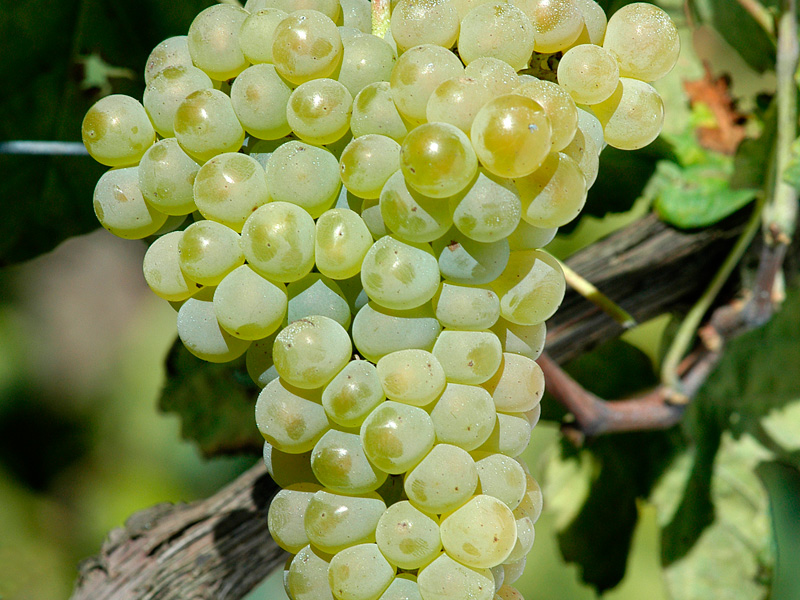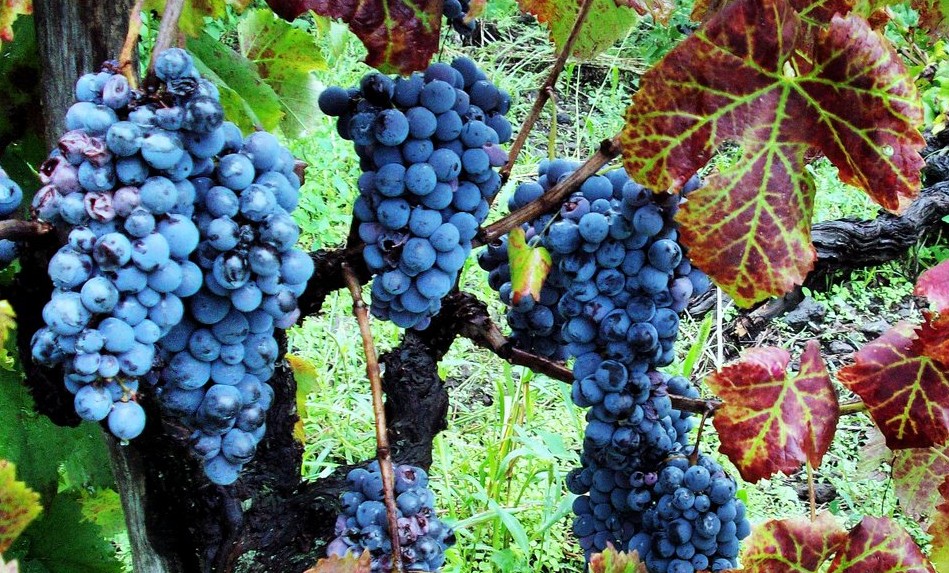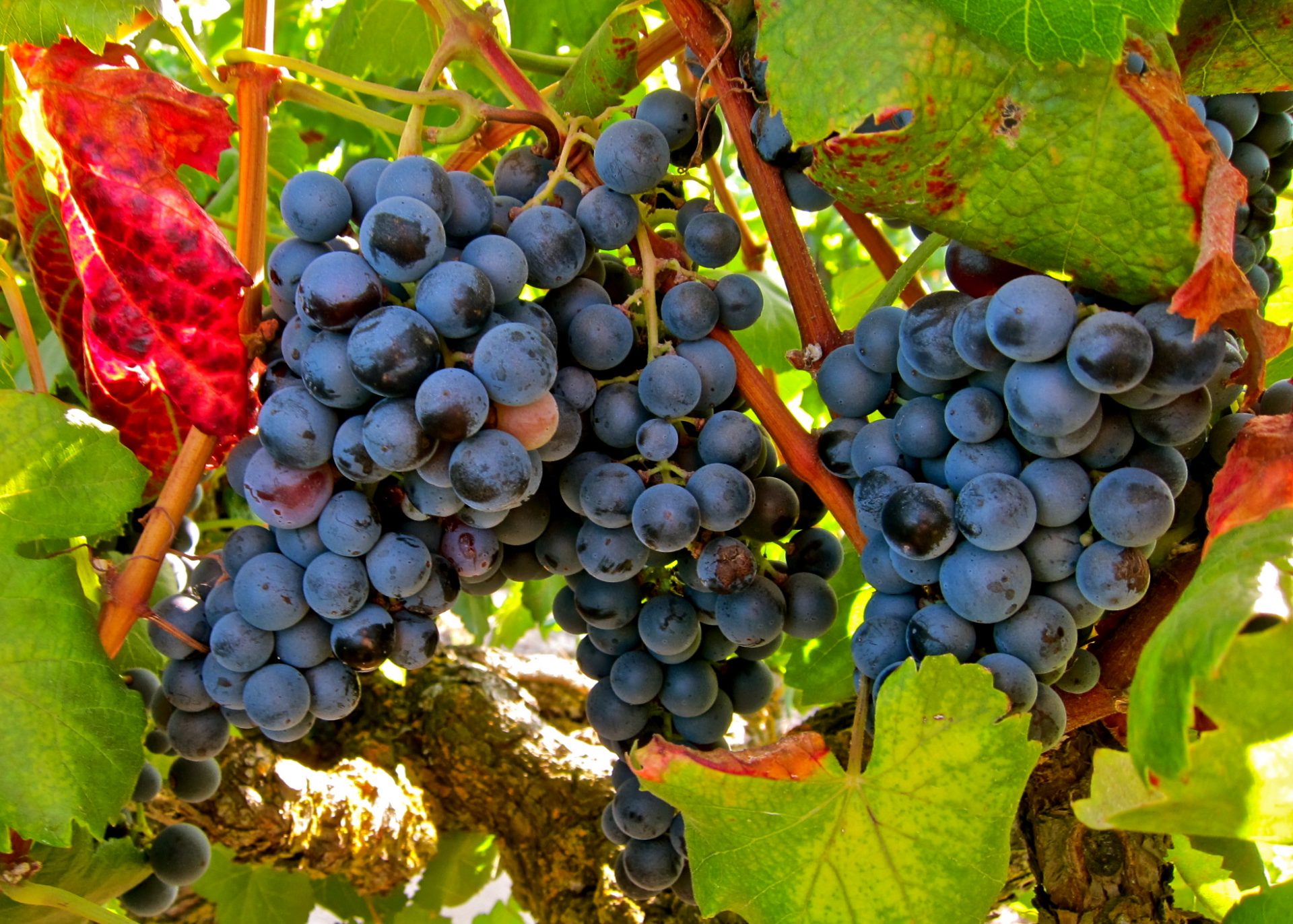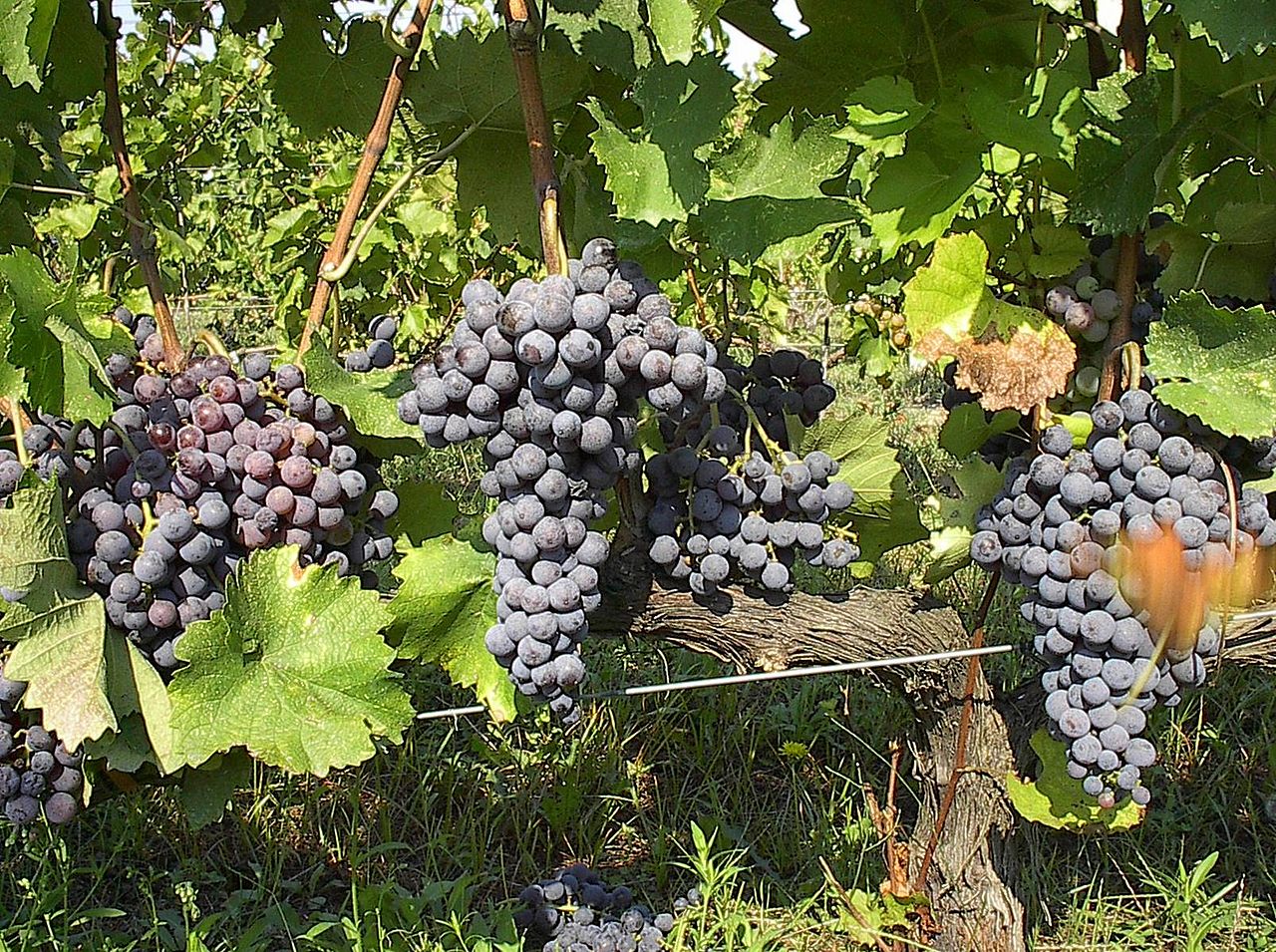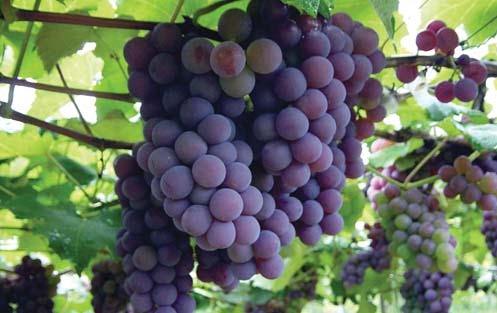Most commonly grown in the Bucelas region of Portugal, just north of Lisbon, you’ll also find this white varietal in the Tejo and Vinho Verde regions, as well as in the islands of the Azores, where it makes up around 90% of the white wines there. Saying that, there is increasingly convincing evidence appearing that the incredibly productive and disease resistant Arinto dos Açores is another varietal altogether, possibly an offspring of the islands’ Verdelho grape. This tangent aside, with it being such a hardy and versatile variety you’ll actually find it in almost all Portuguese wine regions.
As is the case with so many of Portugal and Spain’s native grapes, Arinto goes under a plethora of headache-inducing synonyms from region to region, some being listed in the tags for this article. It’s also not to be confused with Arinto do Douro, another grape altogether. And just to further confuse matters, both Malvasia Fina and Loureiro Blanco are referred to as Arinto in certain places.
On the vine Arinto’s bunches are big and compact with medium-sized yellow/green berries. Although occasionally made as a single varietal wine, more often than not it is used as a blending grape. What does it bring to the party? Well, it brings a hell of a lot of acid, as well as very pleasant lemony and floral notes. In my experience it is capable of expressing a fair amount of minerality/salinity, and can add a fair bit of structure to blends with fleshier, showier varietals.
 Edinburgh-born/Toronto-based Sommelier, consultant, writer, judge, and educator Jamie Drummond is the Director of Programs/Editor of Good Food Revolution… And last week in the Azores he probably consumed more Arinto than most do in a lifetime.
Edinburgh-born/Toronto-based Sommelier, consultant, writer, judge, and educator Jamie Drummond is the Director of Programs/Editor of Good Food Revolution… And last week in the Azores he probably consumed more Arinto than most do in a lifetime.

